Thermal Effects In Substation
The operation of a system of natural ventilation is as a result of a decrease in air density as its temperature is raised due to the heat gain from various sources.
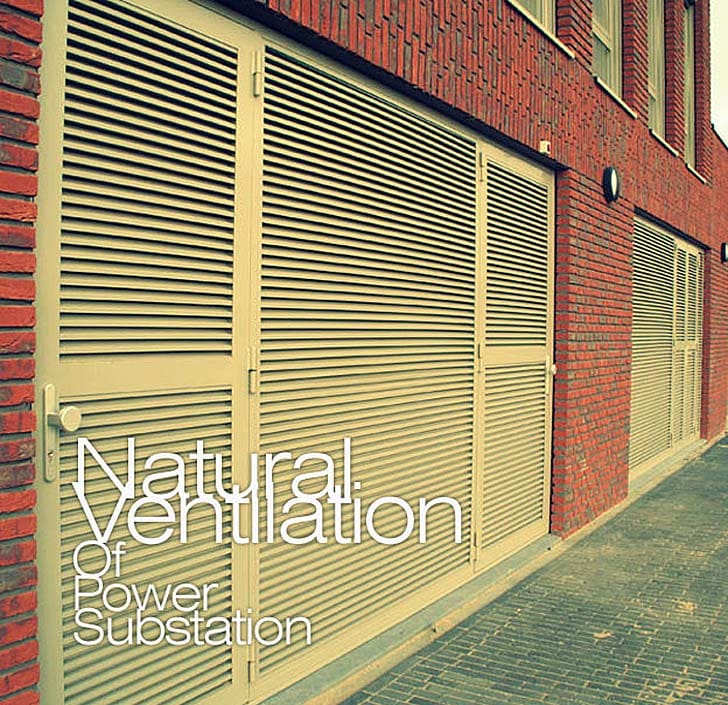
This decrease in air density causes a pressure differential which provides the energy to drive the natural ventilation system.
Because the pressure differential developed is relatively small, ventilation louvers and grilles, etc, need to be of a design that offers little resistance to air flow.
To harness the thermal effects and maximise the performance of a natural ventilation system the air inlet openings should be located at low level and the exhaust openings should be as high as possible.
Any ventilation ducts shall have a large cross sectional area and a minimum number of bends to minimise losses. Long horizontal runs of exhaust duct shall be avoided. Due to a natural ventilation system’s sensitivity to the direction of the prevailing wind, the location of ventilation openings on the external face of a building shall be carefully selected to minimise any negative effect.
The benefit of wind effects can be maximised by positioning ventilation openings on adjacent or opposite sides of the building, the inlet on the windward side and the exhaust on the leeward side.
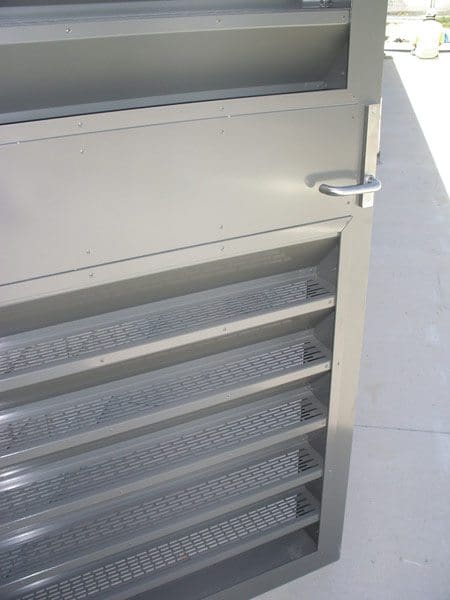
Reference: Ausgrid NS200 – Major Substations Ventilation Design Standard

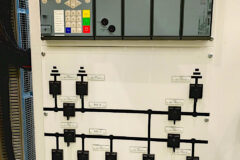

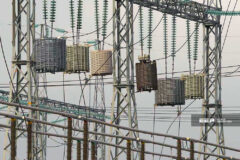


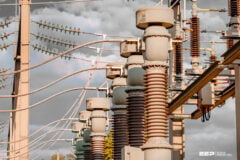
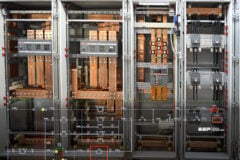
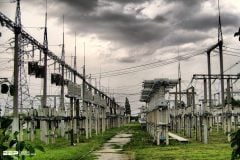
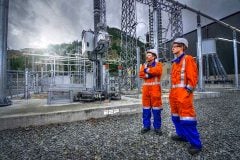

its good information to click here to know more about ventilation louvers
You always share great info. I like to reading your post which solve my query easily.
Air Roof Ventilators work on the principle of wind assisted ventilation, which is independent of operating time.
You always share great info. I like to reading your post which solve my query easily.Air Ventilation System Manufacturers,Air Ventilators Manufacturersis emerging as a leading industry, it is Low Maintenance, Weather Friendly, Long term Stability, No Electricity required just visit this website:Air Ventilation System Manufacturers
Great work
I have a question . Are there any published values for required air flow rate needed to provide adequate cooling for transformers? Preliminary data that we have seems to indicate that 10,000 cfm of air (via natural convection) are needed per MVA of transformer. Also, this same data shows that only 7,500 cfm of air (via forced induction by fan) are needed per MVA of transformer. Somebody know if this data is right or some standard or manufacturers recommedndation about this issue.